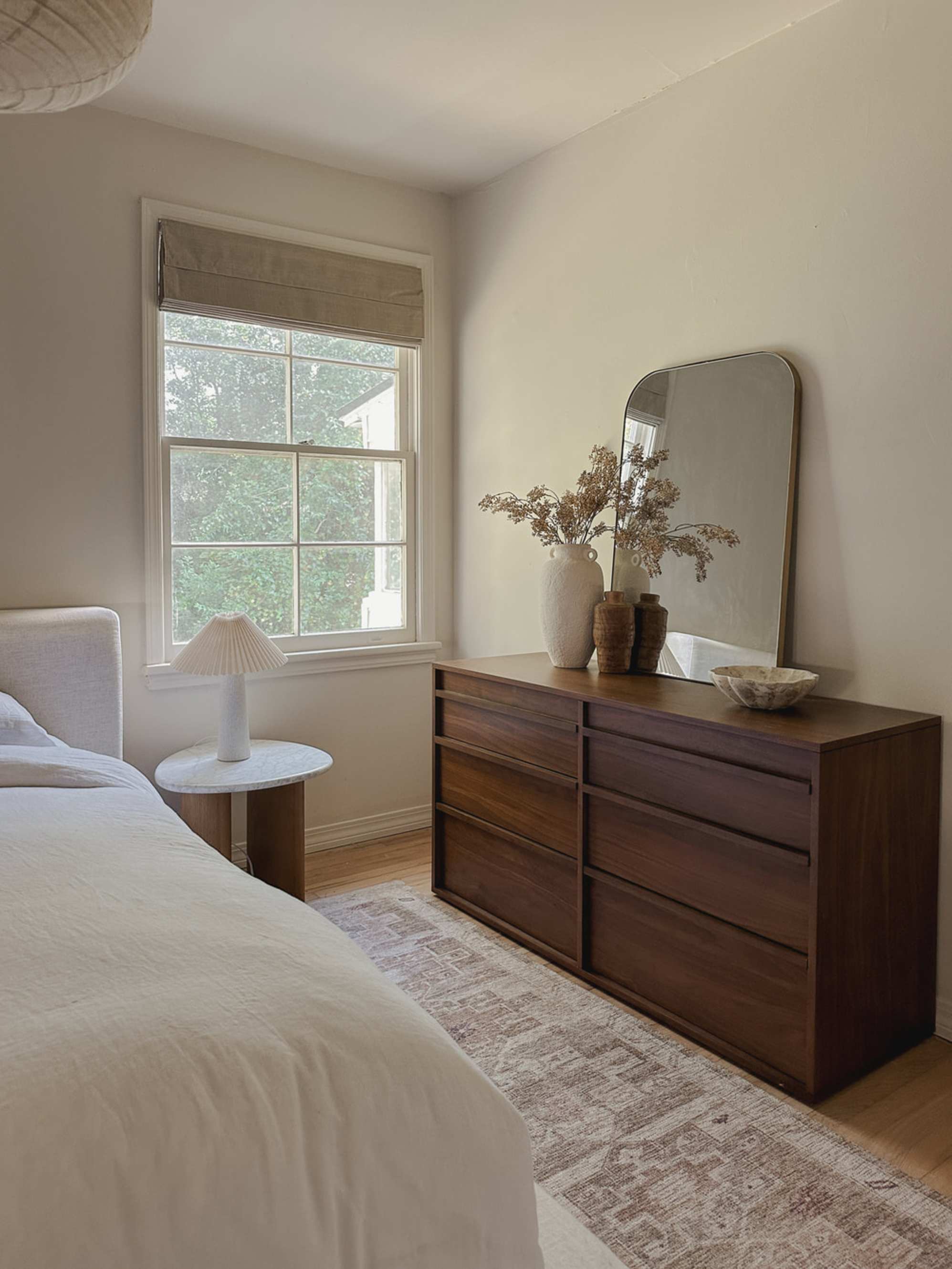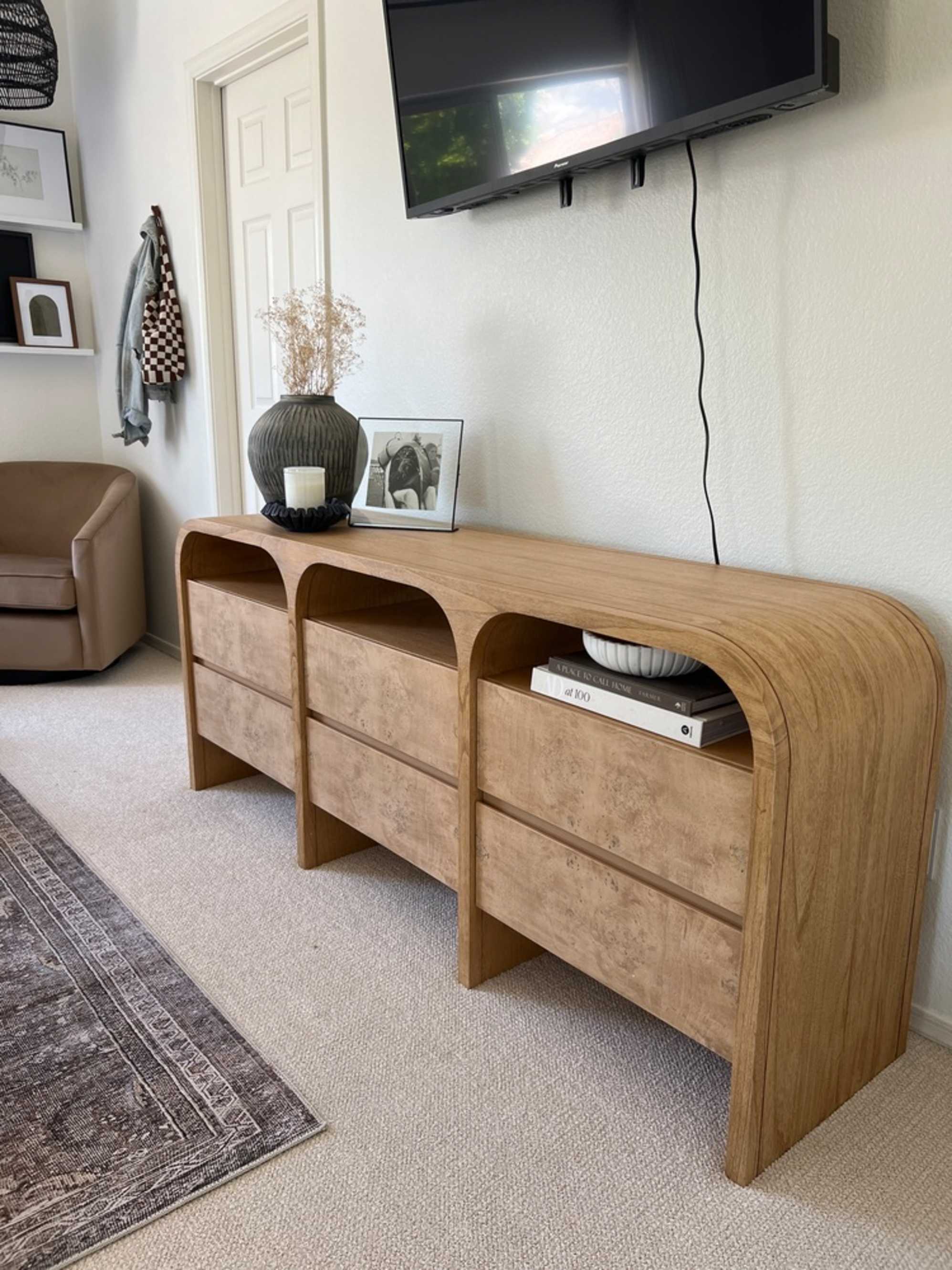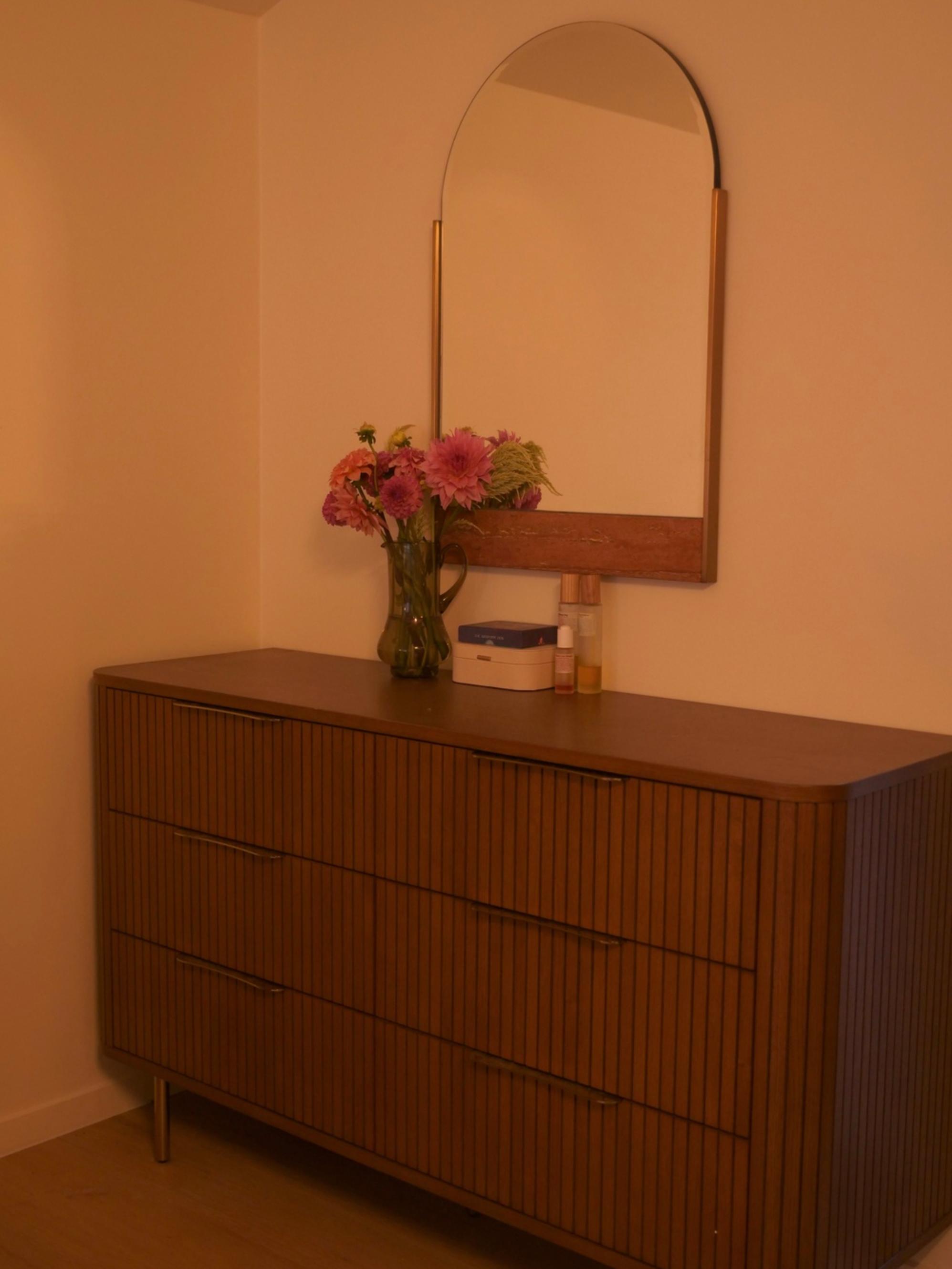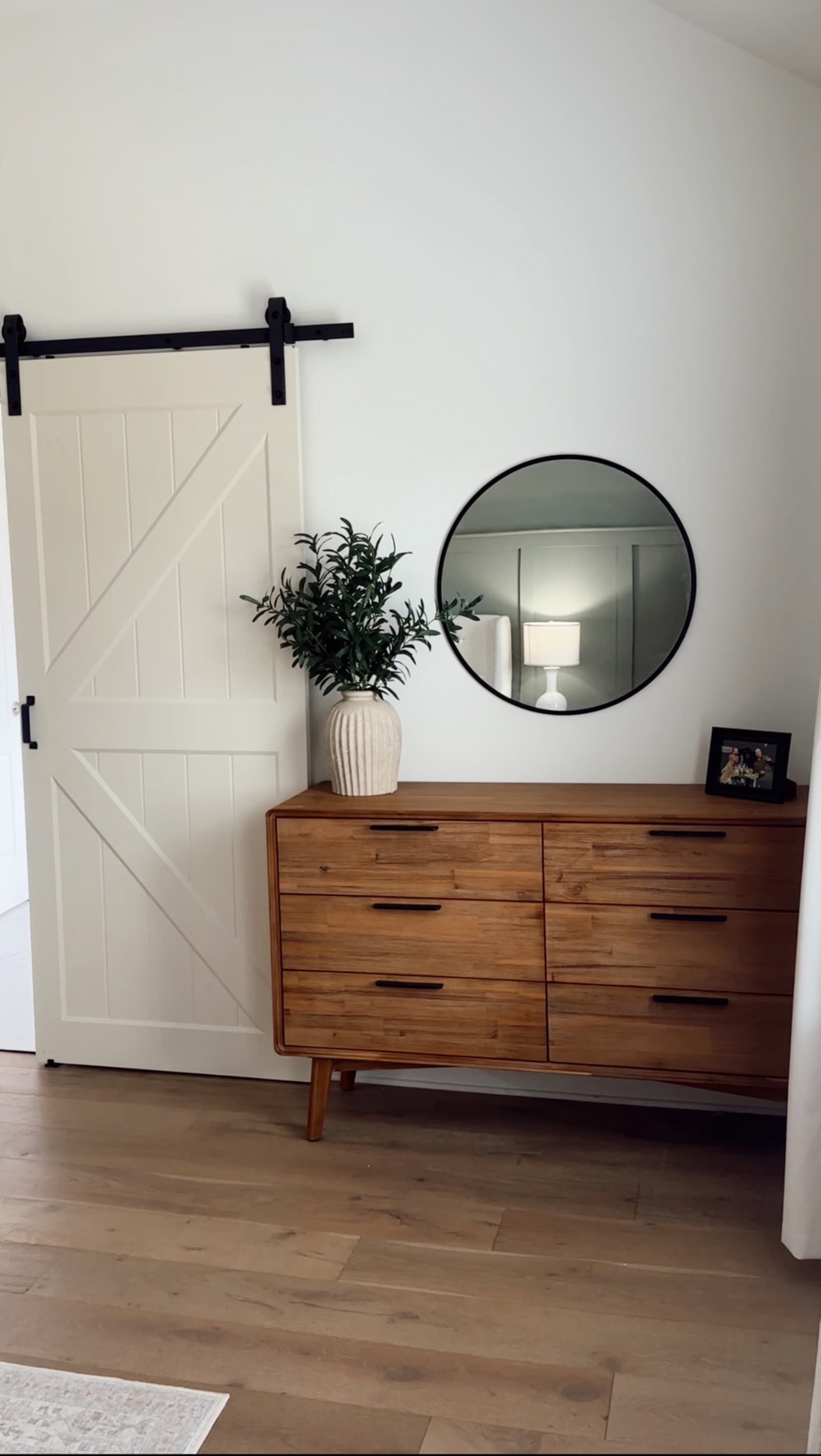
3 Types of Dressers That Do More Than Store
Let’s get one thing straight: a dresser isn’t just a place to stuff socks and hope for the best. It’s the unsung hero of the bedroom — the multitasker, the thing that quietly says I have my life together.
Whether you’re living large in a master suite or tightrope-walking around a city studio setup, choosing the right dresser isn’t just a functional decision — it’s a style statement with storage chops.
So let’s talk about the different kinds of dressers that can take your bedroom from chaotic to curated.
What does a dresser do (besides hold your socks)?
Sure, dressers are storage furniture. But they’re also so much more.
At their core, dressers are your wardrobe’s support act — home to the folded, the off-season, and the what-do-I-do-with-this pile.
But beyond storage, a dresser brings structure to your space. It’s the anchor that balances your bed, the stage for your favourite candle, or the spot where your keys always (sometimes?) land.
In smaller bedrooms, the right dresser works vertically to give you breathing room. In larger ones, it stretches out, visually grounding the space while keeping your stuff tucked neatly out of sight. It’s not just practical, it’s personal.
Meet the different types of dressers
When it comes to dressers, one size doesn’t fit all. The kinds of dressers available today range from minimalist towers to double-wide showstoppers. Here’s a breakdown of the most common types of dressers and how they actually live in your room.
Horizontal dresser
Think of the horizontal dresser as the dependable classic. It usually comes with two to three rows of wide drawers, sometimes featuring a narrower top row that’s made for accessories, socks, or that belt you always misplace.
The surface is where it shines. Add a mirror and there you have it — it’s a vanity. Style it with books, trays, or a lamp, and suddenly it’s a focal point. You can even sneak a TV on top and call it a TV stand in disguise.
Best for: Versatility in mid-to-large bedrooms, or anyone who loves a surface to style.
The Joseph 6-Drawer Dresser
Picture credits: @cozy.happy.home
The Joseph 6-Drawer Dresser
Picture credits: @cozy.happy.home

The Crescent 6-Drawer Dresser
Picture credits: @sarahstyledhome
The Crescent 6-Drawer Dresser
Picture credits: @sarahstyledhome

Double dresser
Double the width, double the storage, double the everything. This style of dresser is designed with two symmetrical columns of drawers — usually six or more in total — which makes it a dream setup for shared spaces and master bedrooms.
Picture this: one column for you, one for your partner. No mixing. No matching. Just peace.
But fair warning: it’s a space-hog. So, unless you’ve got room to spare, it might make your layout feel cramped.
Best for: Couples or roommates with lots to store and enough floor space to breathe.
Combo dresser
Drawer meets cabinet. Combo dressers are the chameleons of the storage world. They mix drawers with cupboard-style compartments. Sometimes with shelves, sometimes with doors, and occasionally with a surprise nook for shoes, handbags, or oddly shaped items that don’t fold nicely.
They’re perfect if your closet’s crying for backup or if you need flexible storage that changes with your lifestyle.
Best for: Small rooms with limited closet space, or just anyone who likes a little bit of everything.
How to choose the right dresser for your space
We get it. Deciding between different types of dressers isn’t always as straightforward as it seems. Here’s how to narrow it down without spiralling.
1. Room size and layout
Start by measuring your space. Make sure there’s enough clearance around the dresser for drawers to open comfortably. Also, think about how the dresser will interact with other furniture in the room, like your bed, nightstands, or wardrobe.
If you’re working with a small bedroom, consider a taller dresser to save floor space. For larger bedrooms, wider models like double dressers or combo dressers can offer generous storage without crowding the room.
2. Inventory your stuff
Ask yourself: What am I actually storing?
If your dresser is housing socks and shirts, you’ll want plenty of drawers. If it’s doing double-duty for tech, accessories, or the occasional rogue tote bag, a combo style gives you more flexibility.
3. When style is not negotiable
Your dresser should feel like it belongs in your bedroom — not like it wandered in from a showroom. Whether you're into natural wood tones, sleek silhouettes, or something textural and bold, make sure your pick supports your bedroom design, not fights it.
The Harper 6-Drawer Dresser
Picture credits: @kaileylewisss
The Harper 6-Drawer Dresser
Picture credits: @kaileylewisss

The Seb 6-Drawer Dresser
Picture credits: @kimberlyj_king
The Seb 6-Drawer Dresser
Picture credits: @kimberlyj_king

Find the dresser that lives like you do
Your dresser isn’t just a storage unit. It’s your silent co-pilot through mornings, outfit changes, and "where did I put that?" moments. So, whether you're after sleek and subtle or big and bold, choose a style that reflects your real life, not just the curated version of it.
Because the best dresser isn’t just the one that fits your room. It’s the one that fits you.
Frequently asked questions about types of bedroom dressers
How can a dresser help with organization?
Dressers provide separate compartments for clothes and accessories, making it easier to sort by type or person and reduce clutter. You can assign drawers by function (socks, tees, activewear) or by person (one for you, one for your partner). It’s a simple way to keep clutter off surfaces and make mornings more efficient.
Where do I place a dresser in my home?
Dressers are typically used in bedrooms but can also work in guest rooms, living areas, or hallways. Just make sure there’s enough space to open the drawers fully.
Are there online tools or design guides to help me visualize these pieces in my space?
Yes, Castlery’s Room Designer tool lets you plan your space and see how a dresser fits before you buy.

